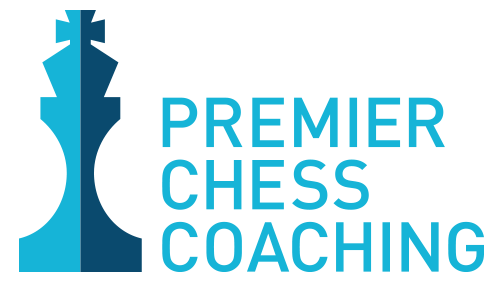Before you start memorizing openings and confining yourself to a play-style, it’s important to understand the basic principles around the opening moves of chess. Beginner chess strategy starts with having the correct mindset during the crucial ten first moves of your game.
Develop, Develop, Develop.
The idea behind developing your chess pieces is as simple as beginner chess strategy can get. The more of our pieces that you have out and about on the board, the more attacking, threatening, defending, etc. you will be able to do. The goal over the first ten moves for you should be to get as many different pieces out there as possible.
When developing, you want to follow a simple and useful rule; avoid moving the same piece twice. Your first 10 moves should be focused on developing as many pieces as you can, and moving the same piece twice doesn’t usually lend itself to that goal. Start with your small, low value pieces, and then move on to your powerhouses, and by turn 10 you should have a wealth of pieces out and ready to go.
Get in the Middle of the Fray
In other words, control the center. While it may be both nerve wracking and overwhelming to be in the center of the board, it’s crucial. Being in the middle opens up so many more threat vectors and options for you. Remember, when it comes to beginner chess strategy, the best thing to keep in mind is that you’re also probably playing a beginner! Controlling the center might be anxiety inducing for you, but it’s likely twice as much for your opponent! Be in control from the get-go and you’ll find yourself with more useful options as the game goes on.
Castle Quickly
Castling is an amazing thing. It lets you shift two pieces, the King and Rook, in one turn, putting your King in a safer position and bringing your Rook into the action.
To castle, you need to make sure of a few things. First, you cannot move your King or it’s partner Rook before the castling, so make sure they stay put. You must also clear the way, so that no other pieces are between the King and Rook. Interestingly, you must also make sure that your King doesn’t travel through, start in, or end up in any threatened squares. These conditions should be relatively easy to create in the early moves of the game. One castled, you will be in a great position to defend your King.
Keep these few rules in mind and you’ll start to find success in your games! We also encourage you to occasionally skip some of this advice completely. This will give you a point of comparison so you can find the value of these lessons yourself. If you need more help honing your game, or just want to have fun in a group chess lesson, contact us here.


